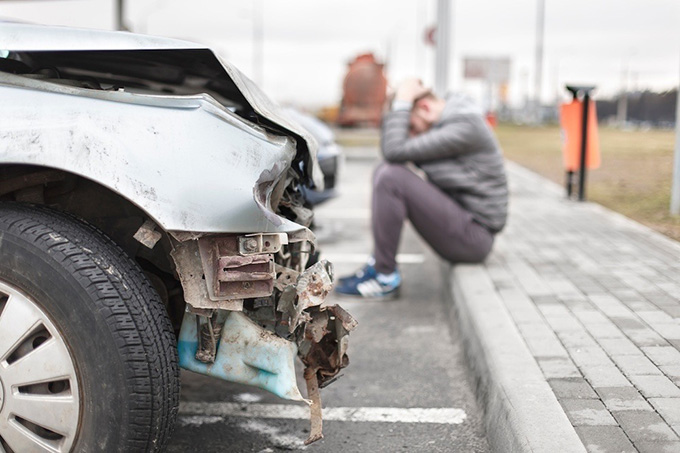
If you are ever involved in a motor vehicle accident, your auto insurance coverage is one of the most important aspects in resolving your situation and helping you move on with your life. When you are injured in an accident, your insurance policy is the primary source of how you will be able to pay for medical bills and other costs that may arise. Unfortunately, many people are misinformed about insurance policies and the amount of coverage they have.
Many Aspects of Insurance Coverage
Many auto accident victims have a flawed understanding of the insurance industry and the different types of auto insurance coverages that might be available in the event of a collision. Perhaps the most common misconception regarding insurance coverage is that being insured means having full insurance coverage. There is a big difference between these two scenarios, and they could make all the difference in the outcome of your personal injury claim.
Simply put, there is no such thing as ‘full insurance coverage.’ Any insurance company that advertises this is misleading the consumer, which only makes things difficult down the road as the insured person is not well-informed about their auto insurance policy.
Not all states require drivers to carry car insurance, but all states do require some form of financial responsibility in regard to operating a motor vehicle on the road. Therefore, depending on where you live and how much your car is worth, you may need a different type of insurance coverage than someone else.
Basic types of insurance coverage policies, which typically cost the least in terms of premiums, provide different levels of liability coverage for a driver in the event that they injure another person or cause property damage to another person. When people say they want “full coverage,” they are typically referring to additional protection for themselves in the event of injuries or property damage.
Understanding What Types of Coverage to Add
While not all states require auto insurance, the best way to make sure you are financially protected in the event of an accident is to purchase some form of liability insurance coverage. The cost of a basic liability policy can vary depending on your age, driving history and the value of your vehicle, but typically these policies are quite affordable.
If you already own your vehicle, adding comprehensive and collision coverage will protect your vehicle from physical damage no matter who is at fault for the accident. It also protects you from other forms of property damage like vandalism and various objects besides motor vehicles.
Additionally, there are other insurance coverage options that provide financial assistance for injuries and medical bills in the event of an auto accident. Personal Injury Protection (PIP) is one of the most important types of insurance coverage to have in the event of an accident because it can provide financial assistance to you and your passengers, plus others injured in the accident if you are at-fault, to pay for medical bills and lost wages. There are different levels of PIP protection, and higher limits for coverage will add more to your premium payment. If you purchase an auto insurance policy, all states have laws requiring that you carry Bodily Injury (BI) protection in the event that you are at fault in an accident and cause injuries to another person.
Uninsured/Underinsured Motorist (UM/UIM) coverage will protect the driver and any injured parties in the event of an accident that was caused by an uninsured driver or one with limited insurance coverage. Based on our work with car accident victims in the past, UM/UIM coverage is one of the most helpful forms of coverage because it protects you against one of the worst possible scenarios: an uninsured or underinsured driver with no financial means of compensating you for your injuries and losses.
If you are unsure about the level of insurance coverage available to you or your loved ones after an accident, contact an experienced personal injury attorney to learn more about your rights and options
